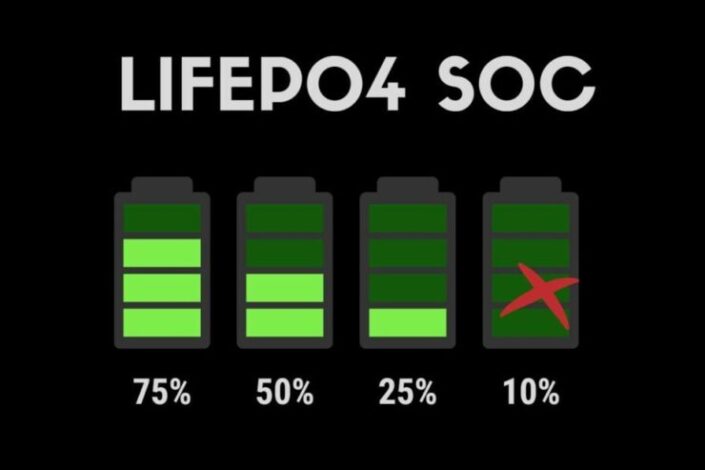LiFePO4 batteries are some of the most reliable and efficient energy sources available today, making them an ideal choice for a variety of applications. However, these batteries require special care in order to maximize their performance and longevity.
This article will provide an overview of best practices for charging, storing, and maintaining LiFePO4 batteries so that they can be used safely and effectively over time. We’ll discuss the importance of following manufacturer instructions, proper storage techniques, periodic maintenance checks, and emergency protocols if needed.
With this knowledge, you can extend the life of your LiFePO4 battery while also ensuring its safe use at all times.
Charging Best Practices

When it comes to charging LiFePO4 batteries, safety is paramount. The best practices for charging include following the manufacturer’s instructions, using a charger with the correct voltage and amperage specifications, and avoiding overcharging or discharging.
It’s important to set up a regular charging schedule to ensure the battery is always in its optimal state. Avoid leaving your LiFePO4 battery plugged into an outlet when not in use as this can cause damage due to extended exposure of high levels of electricity.
Additionally, consider using a smart charger that constantly monitors temperature and will shut off automatically if overheating occurs. Finally, never connect any foreign devices while charging as this could create a dangerous short circuit or fire hazard.
Storing Best Practices
Storing LiFePO4 batteries correctly is important to ensure their longevity. To ensure they are stored properly, its best to adhere to the following best practices:
- Store the battery at room temperature in a dry and well-ventilated area away from direct sunlight or heat sources such as radiators or hot air vents.
- Make sure that the terminals of the battery are clean before storage so that no harmful corrosion can occur during its downtime.
- If storing for an extended period of time, check on your batteries at least every 3 months and recharge them if necessary—this will help prevent over-discharging which could lead to permanent damage or make them unsafe for use in certain applications.
- When charging prior to storage, refrain from using any fast charge methods as this could cause an excessive amount of heat buildup within the cells leading to decreased performance and potential hazards when used again later down the line.
- Do not store LiFePO4 batteries with other types of batteries—as these have different voltages they may interact unfavorably with each other resulting in reduced lifespan or even worse safety issues if left unchecked for too long periods of time without proper monitoring intervals being observed regularly throughout their dormant stage(s).

Maintaining Best Practices
When it comes to maintaining LiFePO4 batteries, it is important to follow best practices. This includes regularly checking the charge and condition of each battery, as well as taking preventative measures to ensure optimal performance.
To make sure that your batteries remain in top shape, you should always store them in a cool and dry place away from direct sunlight or any other source of heat. Additionally, be sure not to fully discharge your battery if possible – stop using the device when there is still some charge left on the battery instead of letting it run down completely.
Finally, never leave a charging LiFePO4 battery unattended; unplugging the charger after each use will help extend its life span substantially. With these tips in mind, you can ensure that your LiFePO4 batteries perform at their peak for years to come!
Conclusion

Overall, LiFePO4 batteries are an excellent choice for those looking to upgrade their energy storage. They require specific care and attention when charging, storing, and maintaining them but if done properly can provide a reliable source of power for years to come.
By following the best practices outlined in this article you can ensure that your LiFePO4 battery remains healthy for as long as possible so that you can continue to enjoy its numerous benefits.

